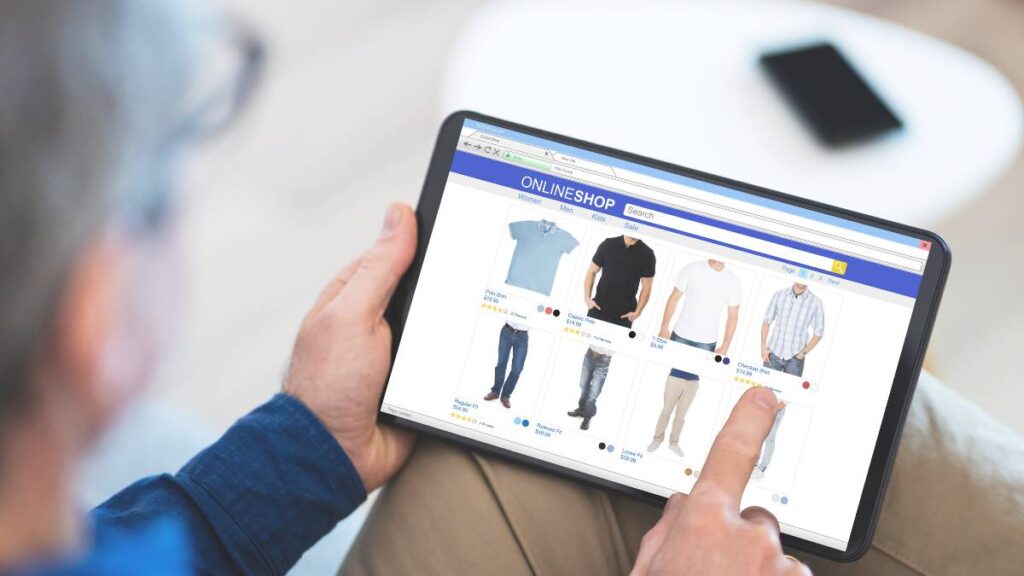E-commerce has witnessed tremendous growth since the pandemic, offering businesses an excellent opportunity to reach global customer bases and boost sales. This guide will walk you through every step of setting up an e-commerce store, ensuring you create a seamless and successful online shopping experience for your customers.
1. Choose a Domain Name
Your domain name is the address of your online store and plays a crucial role in how customers find and remember you. Choose a domain name that is:
- Relevant to Your Business: Include keywords that represent your products or services. For instance, if you sell eco-friendly products, a name like GreenGoodsStore.com could be effective.
- Short and Memorable: Avoid overly complicated names with symbols or numbers.
- Unique: Check domain availability using tools like Namecheap or GoDaddy.
Once you have a domain name in mind, register it through a domain registrar. Investing in a premium domain may also help you stand out.
2. Create a Website
Your website serves as the digital storefront of your business. Here’s how to create one:
- Choose a Hosting Option: If you’re using a hosted platform like Shopify or Wix, hosting is included. For self-hosted platforms like WooCommerce, you’ll need a hosting provider such as Bluehost or SiteGround.
- Design Responsively: Ensure your website is mobile-friendly and easy to navigate. Tools like Canva can help with creating visuals.
- Add Essential Pages: Include Home, About Us, Product/Service Categories, and Contact Us pages. Clearly outline your policies for shipping, returns, and privacy.
Use customer personas to tailor your website design and content. For example, if your target audience is young, tech-savvy buyers, adopt a modern, minimalist style.
3. Select an E-commerce Platform
Choosing the right platform is critical. Below are some popular options and their advantages:
- Shopify: Best for beginners; offers built-in tools for payments and shipping.
- WooCommerce: Great for flexibility; ideal for those familiar with WordPress.
- BigCommerce: Suitable for scaling businesses.
- Magento: Perfect for large enterprises needing advanced customization.
When deciding, consider:
- Ease of Use: Hosted platforms like Shopify are user-friendly.
- Cost: Review monthly fees, transaction fees, and add-on costs.
- SEO Tools: Ensure the platform supports SEO optimization, including custom URLs and metadata.
4. Set Up Payment Options
A seamless payment system enhances trust and improves conversions. Here are steps to set up payment options:
- Integrate Multiple Gateways: Include popular options like PayPal, Stripe, and Square. For global customers, offer Apple Pay and Google Pay.
- Consider Local Payment Methods: In certain regions, customers prefer direct debit or local wallets. Research your target market.
- Add Buy-Now-Pay-Later Options: Services like Klarna or Afterpay can attract more buyers by offering flexible payment terms.
Ensure that your payment processing complies with security standards such as PCI DSS to protect customer data.
5. Add Products to Your Store
Showcasing your products effectively is key to converting visitors into customers. Follow these tips:
- Create High-Quality Images: Use a clean background and good lighting. Tools like Adobe Lightroom can enhance product images.
- Write Compelling Descriptions: Highlight the benefits and features of your products. For example, instead of saying “Comfortable chair,” write “Experience unmatched comfort with our ergonomically designed chair, perfect for long work hours.”
- Organize Categories: Group similar items together to make browsing easier.
- Track Inventory: Sync your store with a POS system like Lightspeed or Clover to ensure real-time updates.
Additionally, use scarcity tactics, like adding a “Limited Stock Available” label, to encourage quick purchases.
6. Optimize Your Store for Search Engines
SEO is vital for driving organic traffic to your store. Here’s how to optimize:
- Keyword Research: Use tools like Google Keyword Planner to identify terms your audience is searching for, such as “best eco-friendly products” or “affordable e-commerce stores.”
- Optimize Product Pages: Include keywords in product titles, descriptions, and metadata.
- Add Customer Reviews: These boost credibility and SEO rankings.
7. Launch Your Store
Before going live, test your website’s functionality. Ensure pages load quickly, the checkout process works smoothly, and all links are active. Once everything is set, launch your store and start promoting it through social media, email marketing, and paid ads.
Final Words
Ready to start your e-commerce journey? Sign up for a free trial on Shopify or download our “Ultimate E-commerce Store Setup Checklist” to guide you step-by-step!
With the right planning and tools, your e-commerce store can thrive in today’s competitive market. Start now and turn your business dreams into reality!


